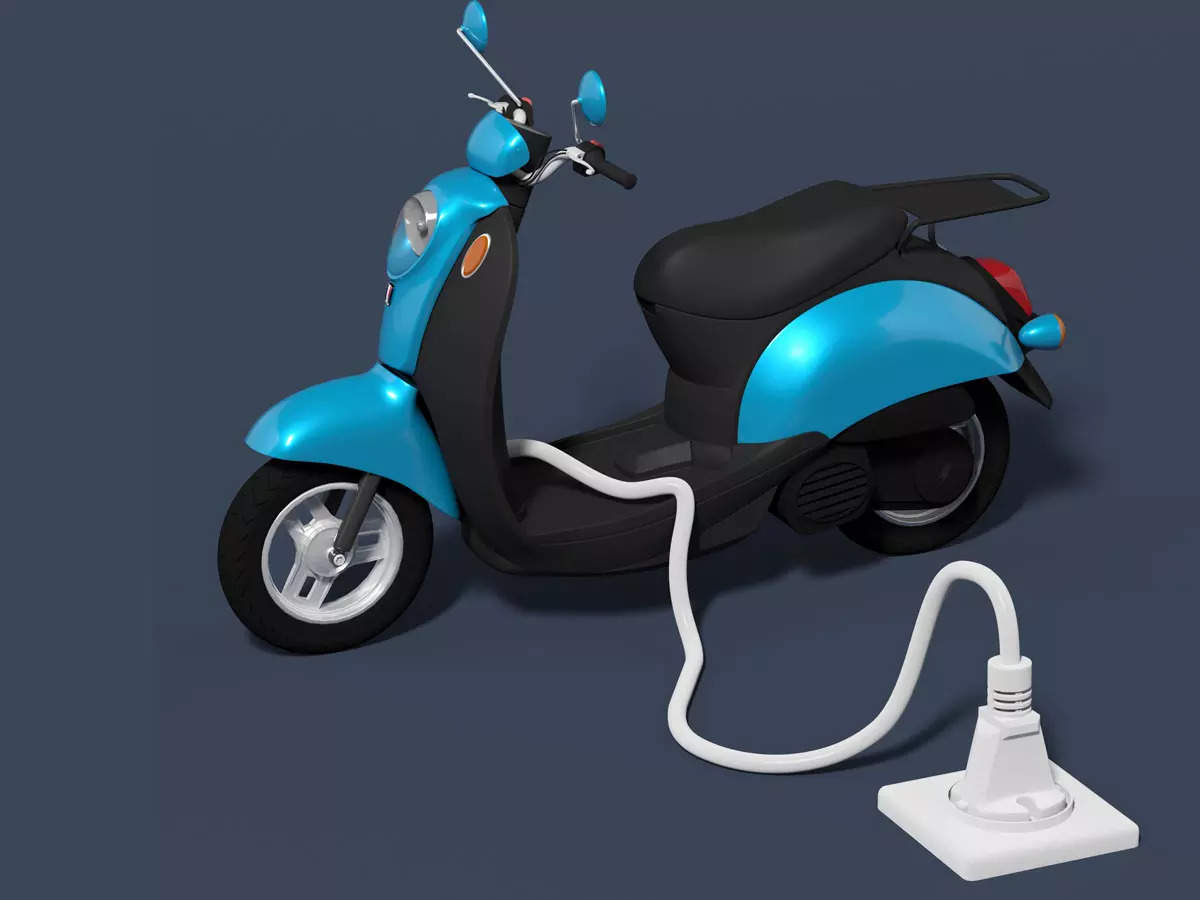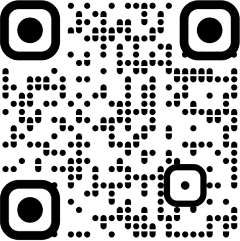
New Delhi: The penetration levels of electric two-wheelers (e-2W) and three-wheelers (e-3W), excluding e-rickshaws, in India are expected to reach 6-8% and 14-16% respectively by the fiscal year 2025, according to rating agency ICRA.
ICRA highlighted that the initial purchase cost of an e-2W is anticipated to be around 10% higher without the FAME-II subsidy, making e-2Ws more than 70% costlier than their petrol counterparts. This decrease in subsidy could pose short-term challenges for e-2W manufacturers and may necessitate price hikes that could impact demand.
The new scheme, announced by the ministry of heavy industries, has a total outlay of INR 500 crore and will run from April to July 2024. Approximately two-thirds of the budget is dedicated to e-2Ws, with the subsidy now reduced to INR 5,000 per kilowatt-hour, down from INR 10,000, and capped at INR 10,000 per vehicle.
“The government’s announcement to offer incentives under a new scheme for e-2Ws and e-3Ws will continue to provide a disruption-free environment for e-2W OEMs,” said Shamsher Dewan, Senior Vice President and Group Head – Corporate Ratings, ICRA.
Moreover, Dewan mentioned that battery cell prices, which constitute nearly 40% of an EV’s cost, are softening, which could help offset the subsidy reduction. He further emphasized that various government initiatives, including the Production Linked Incentive (PLI) scheme, are expected to bolster EV adoption in the medium term.

